CSS language for designing web pages
Introduction to CSS
Cascading Style Sheets (CSS) is a fundamental technology in web development, enabling the separation of content from presentation. CSS plays a pivotal role in defining the look and feel of web pages, allowing developers to create visually appealing and user-friendly websites. With CSS, designers can control layout, colors, fonts, and page aesthetics without altering the HTML structure.
The main purpose of CSS is to improve the visual presentation of HTML elements. While HTML provides the backbone of web content by structuring it with tags and elements, CSS offers a way to style this content. This separation not only improves maintainability but also gives developers a more efficient way to manage the visual aspects of websites. With CSS, a single stylesheet can be linked to multiple web pages, ensuring consistent design across an entire site.
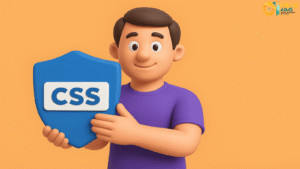
What is CSS?
CSS (short for Cascading Style Sheets) is a style language used to design web pages and format their elements. First introduced in 1996 as a complement to HTML, CSS was created because HTML is responsible for content structure (text, images, tables…), while CSS provides the visual styling—colors, fonts, sizes, spacing, backgrounds, effects, and even responsive layouts for different devices.
Today, CSS is one of the three core pillars of web development alongside HTML and JavaScript. It’s what makes web pages visually attractive and delivers an integrated user experience.
CSS Syntax & Structure
At its core, CSS consists of a series of rules that define how elements are displayed. Each rule has:
- Selector: targets the HTML element(s).
- Property: the style aspect to be changed (e.g., color, font-size).
- Value: the setting for that property.
For example:
h1 {
color: blue;
}
This rule changes all <h1> headings to blue.
Key principles:
- Specificity: Determines which rule wins if multiple styles conflict.
- Cascade (order): Later rules can override earlier ones unless specificity is higher.
- Inheritance: Some properties (like fonts, colors) can pass from parent to child elements.
Mastering these rules—selectors, properties, values, specificity, cascade, and inheritance—is crucial for effective CSS design.
Benefits of CSS
- Separation of content & design: Keeps HTML clean and focused on structure.
- Code reusability: One CSS file can style hundreds of pages.
- Time-saving: Change one file to update the look of an entire site.
- Cross-device compatibility: Enables responsive design for phones, tablets, and desktops.
- Improved user experience: Better use of whitespace, colors, and layout for easier navigation.
- Animations & effects: CSS supports transitions and animations for dynamic visuals.
Features of CSS
- Flexibility & ease of learning: Simple rules, beginner-friendly.
- Cascading system: Styles are applied by priority (Inline > Internal > External).
- Responsive design: Media queries adapt layouts to different screens.
- Wide browser support: Nearly all modern browsers fully support CSS.
- Visual power: CSS3 introduced shadows, transforms, transparency, and animations.
- Full control over fonts & colors: Import Google Fonts, define advanced palettes.
How to Use CSS
CSS can be written in three main ways:
- Internal CSS (inside the HTML file):
<html>
<head>
<style>
body {
background-color: lightblue;
font-family: Arial, sans-serif;
}
h1 {
color: navy;
text-align: center;
}
</style>
</head>
<body>
<h1>Welcome to CSS</h1>
</body>
</html>
- External CSS (separate
.cssfile, recommended):
<link rel="stylesheet" type="text/css" href="style.css">
style.css:
p {
color: green;
font-size: 18px;
}
- Inline CSS (inside the tag itself):
<p style="color:red; font-size:20px;">This is red text</p>
Key CSS Properties
-
Colors:
h1 { color: blue; } -
Backgrounds:
body { background-image: url('bg.jpg'); } -
Fonts:
p { font-family: 'Arial', sans-serif; } -
Spacing:
div { margin: 20px; padding: 15px; } -
Alignment:
h1 { text-align: center; } -
Borders:
p { border: 2px solid black; } - Responsive Design:
@media (max-width: 600px) { body { background-color: lightgreen; } }
CSS Selectors
Selectors allow you to target specific HTML elements:
- Element selectors:
p { ... }targets all<p>elements. - Class selectors:
.classname { ... }targets all elements withclass="classname". - ID selectors:
#idname { ... }targets the element withid="idname". - Attribute selectors: e.g.,
input[type="text"]. - Pseudo-classes & pseudo-elements:
:hover,:first-child,::before,::after.
Advanced CSS Techniques
- Flexbox: Flexible layout system.
.container { display: flex; justify-content: space-between; } - Grid: Build complex layouts with ease.
.grid { display: grid; grid-template-columns: 1fr 2fr; } - Transitions & Animations: Add smooth effects.
button { transition: background 0.3s ease; } button:hover { background: orange; } - Pseudo-classes/elements: Control precise behavior and design, e.g.,
:hover,::before.
Real-World Uses of CSS
- Designing websites (text, buttons, colors, backgrounds).
- E-commerce platforms (interactive, attractive storefronts).
- User experience (UX) improvements.
- Responsive pages for mobile and desktop.
- Brand identity through color schemes and typography.
CSS vs CSS3
- CSS (earlier versions): Only basics like colors, fonts, and simple layouts.
- CSS3: Introduced advanced features: animations, gradients, shadows, Flexbox, Grid, and Media Queries.
Conclusion
CSS is far more than just a way to color text. It is a powerful design language that makes websites look professional, responsive, and user-friendly. By separating content from style and providing advanced tools like Grid, Flexbox, and animations, CSS has become indispensable for developers and designers alike.
If you want to start in web design, HTML + CSS is the true first step—giving you the power to transform raw content into beautiful, consistent, and functional interfaces.
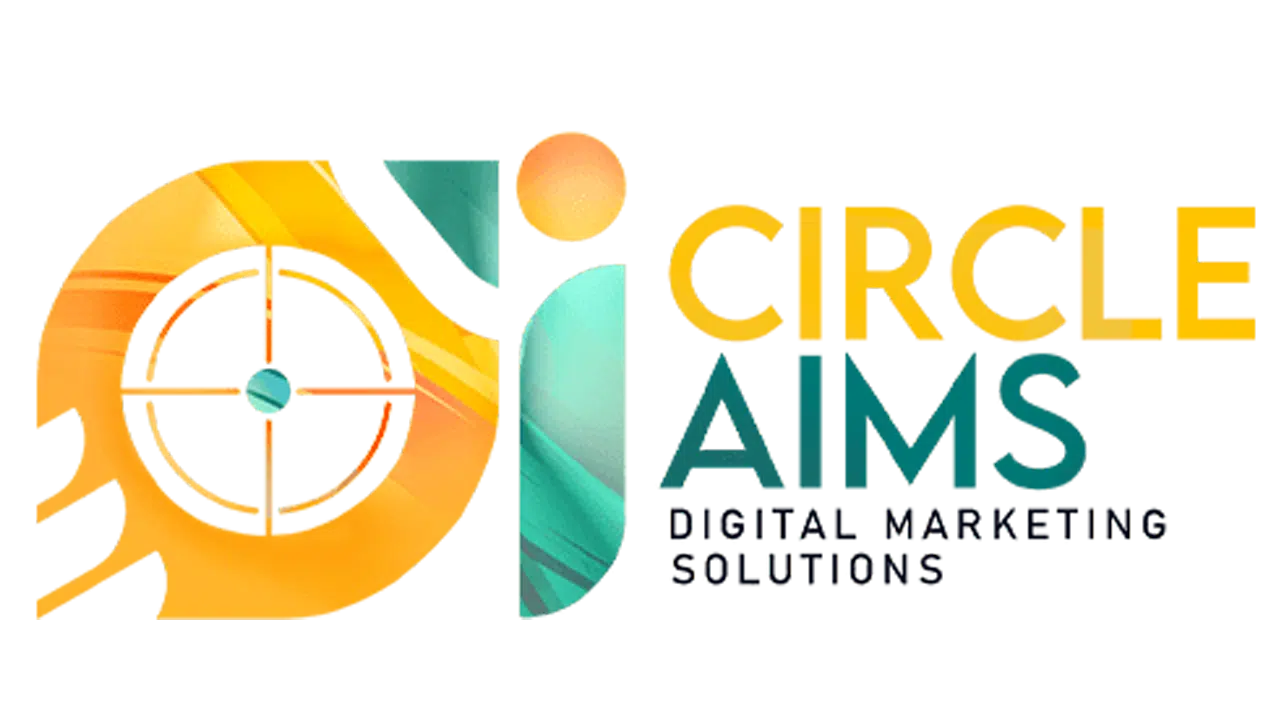
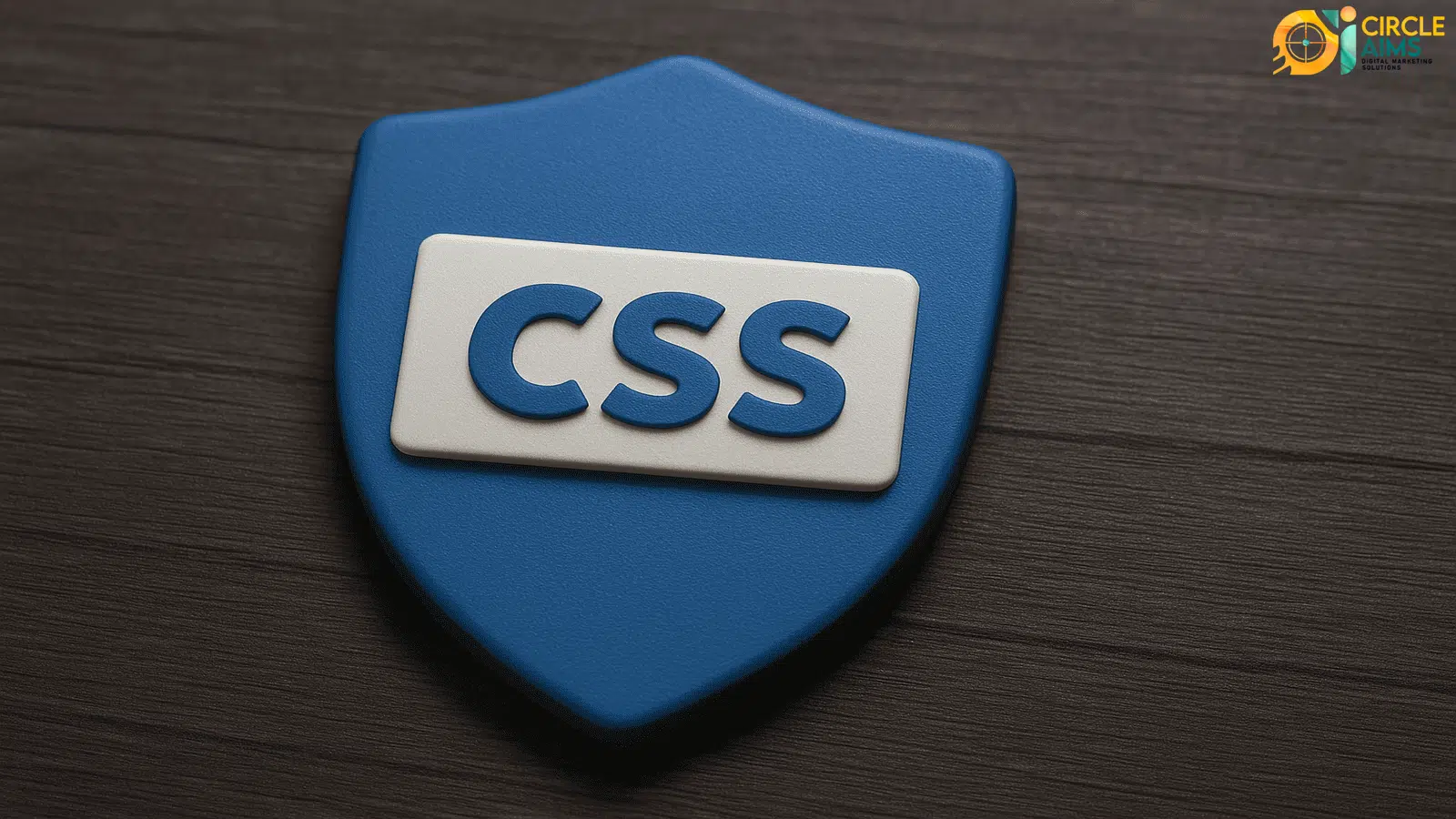
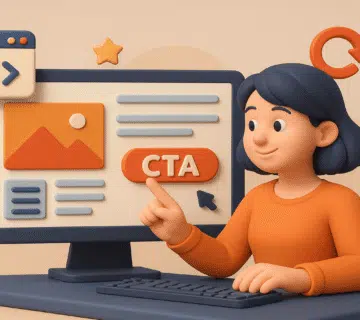
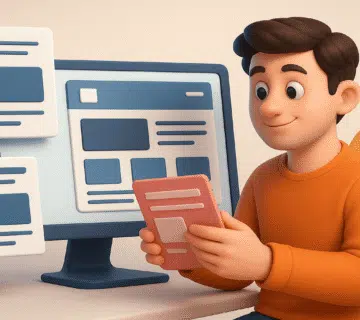
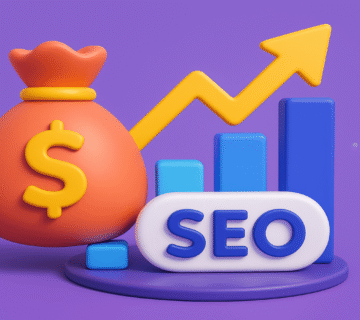
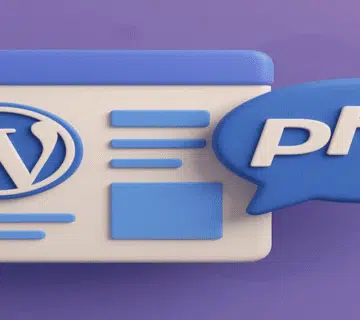
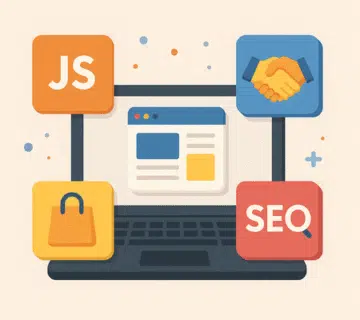

No comment